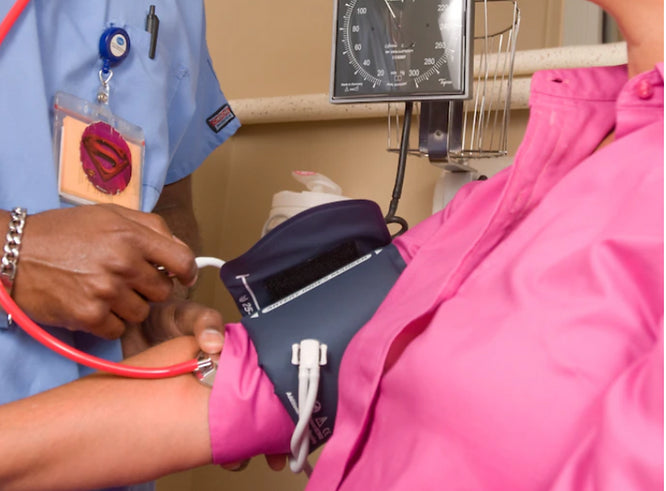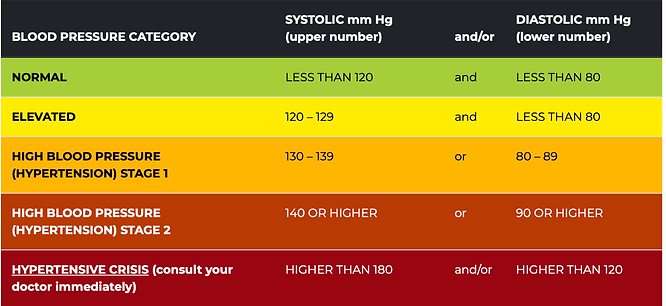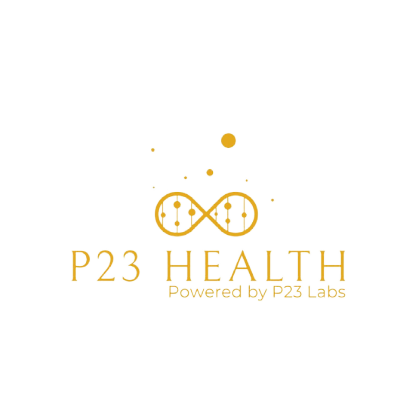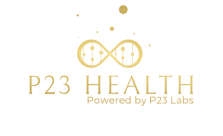
What You Need to Know About Blood Pressure and Your


May is High Blood Pressure Education Month, a time dedicated to raising awareness about hypertension and the importance of maintaining healthy blood pressure levels. Hypertension is a common condition that affects millions of people worldwide and is a major risk factor for heart disease, stroke, and kidney disease.
Blood pressure is the force of blood pushing against the walls of your arteries as your heart pumps it around your body. High blood pressure occurs when the force of blood against the artery walls is consistently too high. This can damage the arteries and increase the risk of heart disease and other health problems.
High Blood Pressure Education Month is an opportunity to learn more about hypertension and how to prevent and manage it. By raising awareness about the importance of blood pressure control, we can help reduce the risk of heart disease and other health problems. Take the time to have your blood pressure checked and talk to your healthcare provider about what your numbers mean for you. Together, we can work towards a healthier future.
Beyond the Numbers: Understanding the Importance of Blood Pressure in Overall Health
The American Heart Association defines normal blood pressure as less than 120/80 mm Hg. High blood pressure is defined as 130/80 mm Hg or higher. If your blood pressure falls between these two ranges, you may have elevated blood pressure, which increases your risk of developing hypertension.
Learn what is considered normal, as recommended by the American Heart Association.

High blood pressure often has no symptoms, which is why it’s often referred to as the “silent killer.” The only way to know if you have high blood pressure is to have it checked regularly. This is why it’s important to have your blood pressure checked at least once a year, especially if you’re over the age of 40 or have other risk factors for high blood pressure.
Risk factors for hypertension include age, family history, obesity, lack of physical activity, smoking, excessive alcohol consumption, and a diet high in salt and processed foods. If you have high blood pressure, your healthcare provider may recommend lifestyle changes such as eating a healthy diet, exercising regularly, quitting smoking, and reducing alcohol consumption.
In some cases, medication may also be necessary to help lower blood pressure. It’s important to work with your healthcare provider to develop a plan that works for you and to regularly monitor your blood pressure to make sure it stays within a healthy range.
Midday Napping: A Surprising Way to Lower Your Blood Pressure
Blood pressure napping, also known as midday sleep or siesta, is a short period of rest during the day that has been linked to improved cardiovascular health and reduced blood pressure levels. While it may seem counterintuitive to take a nap when you have things to do, research has shown that incorporating a midday nap into your routine could have significant health benefits.
High blood pressure, or hypertension, is a condition that affects millions of people worldwide and is a major risk factor for heart disease, stroke, and kidney disease. Blood pressure napping has been shown to help reduce blood pressure levels, which can lower the risk of developing these health problems.
A study conducted by the American College of Cardiology found that individuals who took a midday nap experienced an average drop of 5 mm Hg in their systolic blood pressure, which is the top number in a blood pressure reading. This reduction in blood pressure is significant and can help lower the risk of cardiovascular disease.
So, how does blood pressure napping work? When you nap, your body enters a state of relaxation, which can help reduce stress and lower blood pressure. Additionally, the act of sleeping itself has been shown to help regulate blood pressure and reduce inflammation in the body.
If you’re interested in incorporating blood pressure napping into your routine, there are a few things to keep in mind. First, it’s important to keep your nap short. Aim for 20-30 minutes of rest to avoid entering a deeper stage of sleep, which can make it harder to wake up and leave you feeling groggy.
It’s also important to nap at the right time. Experts recommend taking a nap between 1 pm and 4 pm, as this is when the body’s natural circadian rhythms are at their lowest point. This can help you fall asleep more easily and wake up feeling refreshed.
Finally, it’s important to create a comfortable sleep environment. Find a quiet, dark, and cool place to nap, and consider using a sleep mask or earplugs to block out distractions.
In conclusion, blood pressure napping is a simple and effective way to help reduce blood pressure levels and improve cardiovascular health. By incorporating a midday nap into your routine, you can enjoy the benefits of improved sleep and better overall health. So go ahead and take that nap – your body will thank you for it!

Healthy Habits for a Healthy Heart: Lifestyle Changes to Reduce Blood Pressure
Here are some healthy habits that you can adopt to help reduce your blood pressure:
-
Maintain a healthy weight: Being overweight or obese puts extra strain on your heart and can increase your risk of developing high blood pressure. By maintaining a healthy weight, you can help reduce this risk.
-
Eat a healthy diet: Eating a diet that is low in salt and high in fruits, vegetables, and whole grains can help lower your blood pressure. The DASH diet, which emphasizes these types of foods, has been shown to be particularly effective in reducing blood pressure.
-
Exercise regularly: Regular physical activity can help lower your blood pressure and improve your overall heart health. Aim for at least 30 minutes of moderate-intensity exercise, such as brisk walking, most days of the week.
-
Reduce stress: Chronic stress can raise your blood pressure. Practice stress-reducing activities such as yoga, meditation, or deep breathing exercises.
-
Quit smoking: Smoking raises your blood pressure and increases your risk of developing heart disease. Quitting smoking can help improve your heart health and reduce your blood pressure.
-
Limit alcohol consumption: Drinking too much alcohol can raise your blood pressure. If you choose to drink, do so in moderation – no more than one drink per day for women and two drinks per day for men.
In addition to these lifestyle changes, it’s important to have your blood pressure checked regularly by a healthcare provider. If your blood pressure is consistently high, your healthcare provider may recommend medication to help lower it.
By adopting these healthy habits, you can help reduce your blood pressure and improve your overall heart health. Remember, small changes can make a big difference!
Why Regular Blood Pressure Checks are Crucial
High blood pressure is often called the “silent killer” because it usually has no symptoms but can lead to serious health problems such as heart disease, stroke, and kidney disease. This is why regular blood pressure checks are crucial for maintaining good health.
Blood pressure is the force of blood pushing against the walls of your arteries as your heart pumps blood. If this pressure is consistently high, it can damage your arteries and increase your risk of developing serious health problems.
Many people with high blood pressure are unaware of their condition because they don’t experience any symptoms. This is why regular blood pressure checks are so important – they can detect high blood pressure before it causes any noticeable symptoms.
The American Heart Association recommends that all adults have their blood pressure checked at least once every two years. However, if you have a family history of high blood pressure or other risk factors, such as diabetes or obesity, you may need to have your blood pressure checked more often.
If your blood pressure is consistently high, your healthcare provider may recommend lifestyle changes, such as eating a healthy diet, getting regular exercise, reducing stress, and quitting smoking. In some cases, medication may also be prescribed to help lower your blood pressure.
Regular blood pressure checks are simple, quick, and painless. They can be done at a healthcare provider’s office, at a pharmacy, or even at home using a blood pressure monitor. It’s important to make sure that your blood pressure is measured correctly, so be sure to follow any instructions provided by your healthcare provider or the device you are using.
In conclusion, high blood pressure is a serious health condition that often has no symptoms. Regular blood pressure checks are crucial for detecting and managing high blood pressure, reducing the risk of developing serious health problems. Make sure to have your blood pressure checked regularly and talk to your healthcare provider about any concerns you may have about your blood pressure.
[ad_2]
Source link










